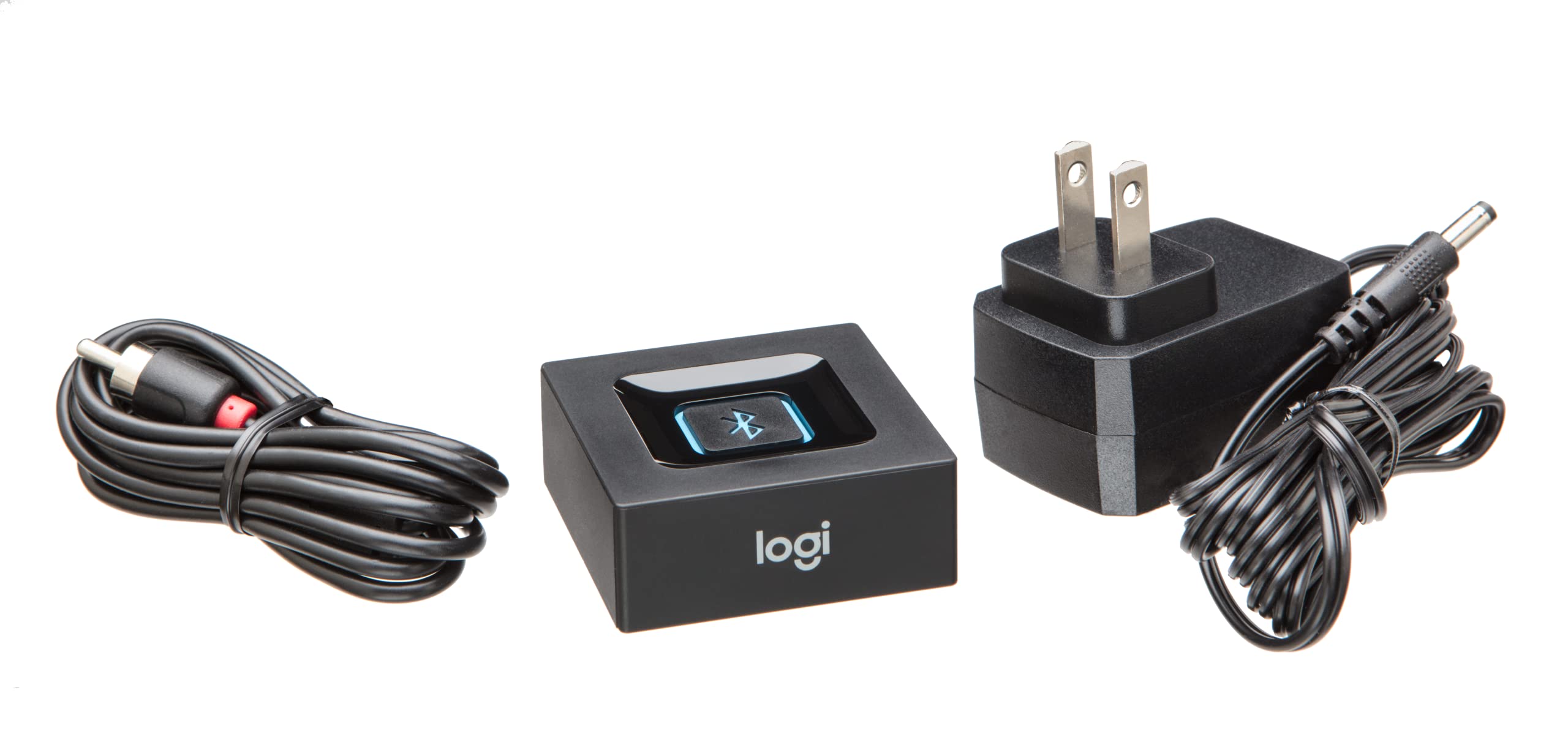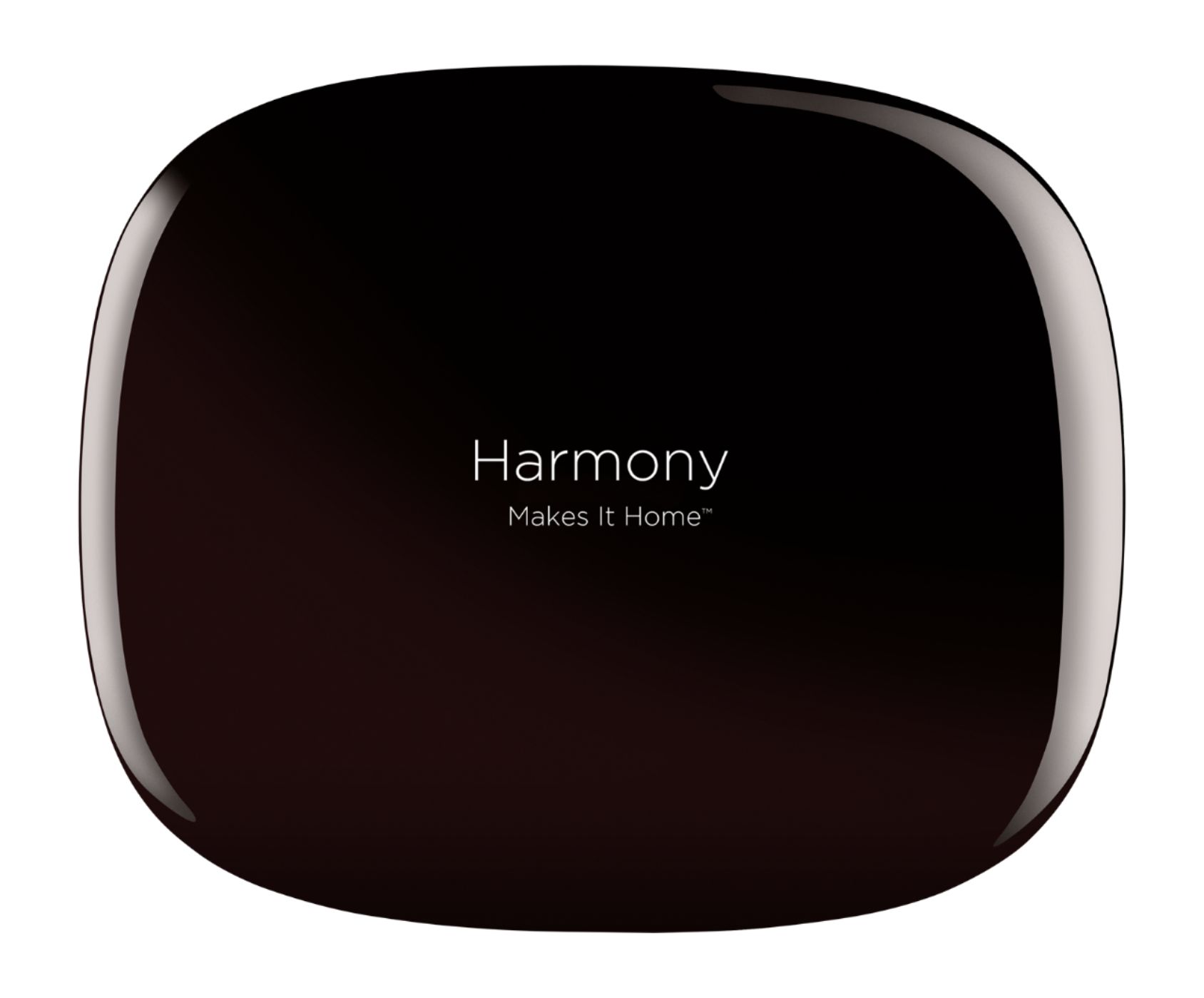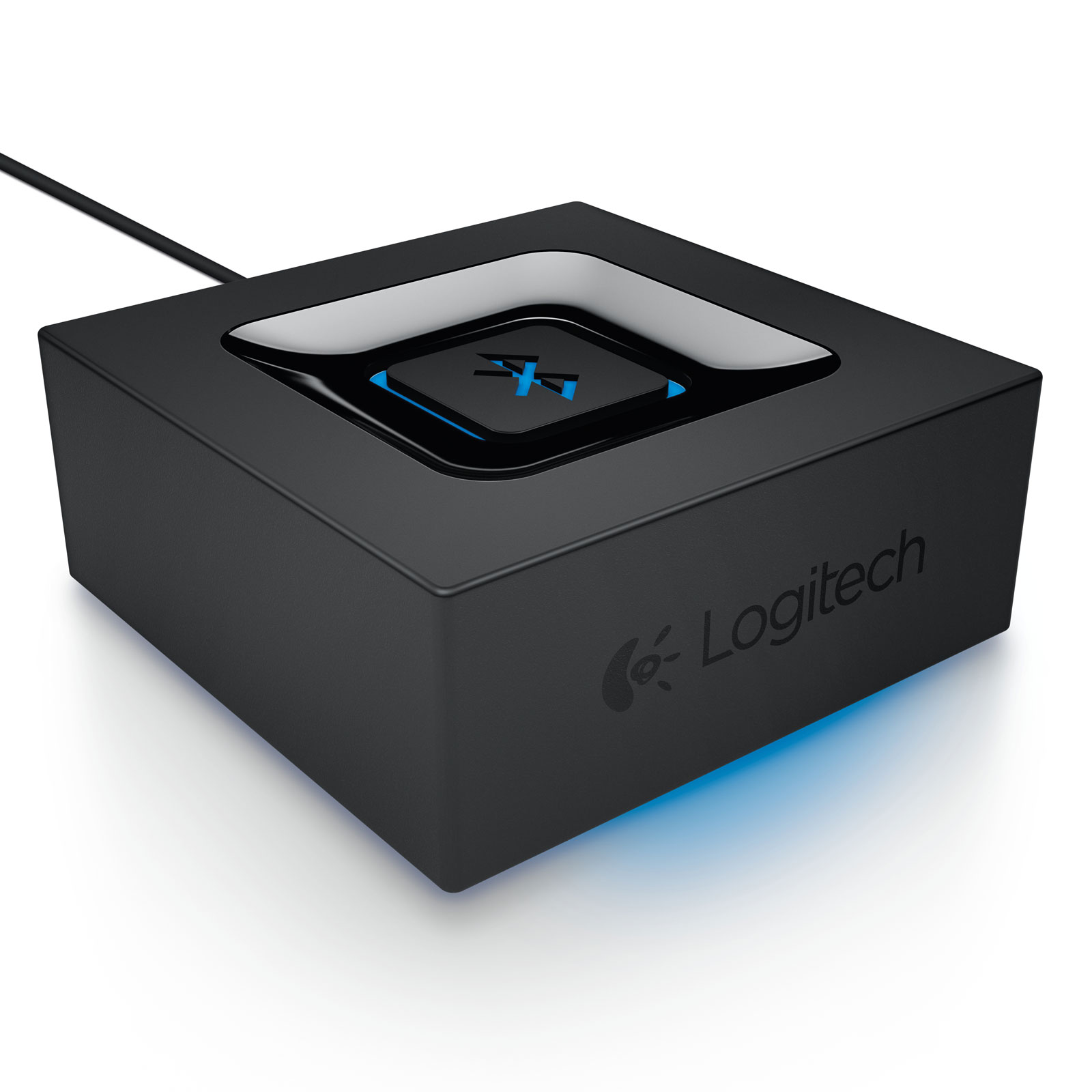Introduction
Are you a music enthusiast who wants to take your car audio experience to the next level? Do you own a Logitech surround sound system that you wish to utilize in your vehicle? This article will guide you through the process of making your Logitech surround sound system run from your car, allowing you to enjoy incredible audio quality on the go.
Many car owners settle for standard factory-installed speakers, which often do not provide the immersive sound experience that a dedicated surround sound system can offer. By integrating a Logitech surround sound system into your car, you can transform your daily commute or road trips into unforgettable audio adventures. Not only will you experience enhanced audio clarity and depth, but you can also enjoy the crisp, dynamic sound that Logitech is renowned for.
While it may seem like a daunting task at first, setting up a Logitech surround sound system in your car is a rewarding project that can be accomplished with some basic knowledge and a few simple steps. In this article, we will cover the materials you need, the power requirements, the mounting process, the connection to your car’s audio system, and finally, how to adjust the sound settings for optimal performance. So, let’s dive into the world of car audio customization and take your in-car music experience to a whole new level!
Background Information
Before diving into the details of how to make a Logitech surround sound system run from your car, it is important to understand a few key concepts. A Logitech surround sound system typically consists of multiple speakers that are strategically placed around a room to create an immersive audio experience. However, with the right setup and modifications, you can adapt this system to work in your car.
Firstly, it is crucial to ensure that your car’s electrical system is capable of providing enough power to run the Logitech speakers. The power requirements of the speakers may vary depending on their model, so it is important to refer to the user manual or product specifications to determine the wattage and power input needed.
Additionally, you will need to consider the compatibility of the Logitech surround sound system with your car’s audio setup. Most cars come with a built-in audio system that includes a head unit or receiver, speakers, and sometimes an amplifier. You will need to connect the Logitech speakers to this existing system in order to make them work seamlessly with your car’s audio setup.
Another factor to consider is the physical installation of the Logitech speakers in your car. You will need to find suitable locations to mount the speakers securely without interfering with any other components of your car. This could involve removing door panels, fitting speakers into customized enclosures, or utilizing empty spaces in the car interior.
Lastly, it is important to note that modifying your car’s audio system may have implications for your vehicle’s warranty or the legality of its operation. It is advisable to consult with a professional car audio installer or technician to ensure that the modifications you make comply with relevant regulations and do not void any warranties.
Now that you have a basic understanding of the concepts and considerations involved in making a Logitech surround sound system work in your car, let’s proceed to the next steps involved in this exciting project.
Step 1: Gathering the Required Materials
Before you can start setting up your Logitech surround sound system in your car, you need to gather the necessary materials. Here is a list of items you will need:
- Logitech Surround Sound System: Ensure that you have a Logitech surround sound system that you want to use in your car. Make sure it is compatible with your car’s audio system and meets your specific audio preferences.
- Speaker Mounting Hardware: Depending on the design of your car and the speakers you are installing, you may need mounting brackets, screws, adhesive tape, or other hardware to secure the speakers in place.
- Wire Harness and Connectors: To connect the Logitech speakers to your car’s audio system, you will need a wire harness and appropriate connectors. These can be found at electronic stores or car audio specialty shops.
- Power Inverter: Since Logitech surround sound systems typically operate on mains power, you will need a power inverter to convert your car’s DC power into the AC power required by the speakers. Choose an inverter that can accommodate the power needs of your Logitech speakers.
- Audio Cables and Adapters: Depending on the configuration of your car’s audio system, you may need audio cables and adapters to connect the Logitech speakers to the head unit, amplifier, or other components. Ensure you have the appropriate cables and adapters based on the inputs and outputs of your car’s audio system.
- Additional Tools: You may need a variety of tools such as screwdrivers, wire crimpers, electrical tape, and zip ties for installation and cable management purposes. Have these tools readily available to streamline the setup process.
Before purchasing any of these materials, it is advisable to conduct thorough research or consult with a car audio specialist to ensure compatibility and optimal performance.
Now that you have gathered all the necessary materials, you are ready to move on to the next step: powering your Logitech surround sound system in your car.
Step 2: Powering the Logitech Surround Sound System
Once you have all the required materials, the next step is to power your Logitech surround sound system in your car. Since the speakers are designed to work with mains power, you will need to use a power inverter to convert your car’s DC power into the AC power that the speakers require.
Here is a step-by-step guide on how to power your Logitech surround sound system:
- Start by locating a suitable location for the power inverter in your car. You will want to choose a place that allows for proper ventilation and doesn’t obstruct any other components.
- Secure the power inverter using the provided mounting hardware or adhesive tape. Make sure it is securely fastened and won’t move while driving.
- Connect the power inverter to your car’s electrical system. Most power inverters come with a cigarette lighter adapter that can be plugged into your car’s cigarette lighter socket. Alternatively, you can directly connect the power inverter to your car’s battery using appropriate wiring and connectors.
- Now, plug in the Logitech surround sound system to the power inverter. Ensure that you are using the appropriate power cord and that it is securely connected to both the power inverter and the speakers.
- Turn on the power inverter and check if the Logitech surround sound system is receiving power. You should see indicators or lights on the speakers indicating that they are powered on.
It is important to note that different Logitech surround sound systems may have varying power requirements. Make sure to refer to the product specifications or user manual to determine the appropriate power input for your specific speakers. Choose a power inverter that can handle the power needs of your Logitech speakers to ensure optimal performance.
By following these steps, you can successfully power your Logitech surround sound system in your car, bringing high-quality audio to your driving experience. The next step will focus on mounting the speakers in your car for optimal sound distribution.
Step 3: Mounting the Speakers in the Car
Now that you have powered your Logitech surround sound system, it’s time to determine the ideal locations to mount the speakers in your car. Proper speaker placement is crucial for achieving optimal sound distribution and creating an immersive audio experience.
Here are the steps to mount the speakers in your car:
- Start by selecting the locations for the speakers. Consider areas that provide good coverage and minimize any obstructions. Common locations include the front doors, rear doors, rear deck, or custom enclosures.
- If necessary, remove the door panels or other interior trim pieces to access the mounting locations. Refer to your car’s user manual or online resources for guidance on removing specific trim pieces.
- Once you have accessed the mounting locations, attach the mounting brackets or adapters to the speakers. Follow the instructions provided with the brackets or refer to the speaker’s user manual for guidance.
- Align the speakers with the mounting locations and use screws or other provided hardware to securely mount them. Be cautious not to overtighten the screws, as it can damage the speakers or the mounting surface.
- If you are mounting speakers in custom enclosures, ensure that they fit securely and are properly sealed to prevent any sound leaks or vibrations.
- Continue the process for each speaker until all are securely mounted in their designated locations.
- Once all the speakers are mounted, reattach any interior trim pieces you removed earlier.
Keep in mind that the specific steps for mounting speakers may vary depending on the make and model of your car, as well as the Logitech surround sound system you are working with. Always refer to the user manuals and instructions provided with the speakers and consult resources specific to your car as needed.
By following these steps, you can ensure that the Logitech surround sound system is securely mounted and positioned correctly in your car, allowing for optimal sound dispersion and an immersive audio experience.
Step 4: Connecting the Speakers to the Car’s Audio System
Now that the speakers are securely mounted in your car, it’s time to connect them to your car’s audio system. This step involves establishing the necessary connections between the Logitech speakers and your car’s head unit, amplifier, or other audio components.
Follow these steps to connect the speakers to the car’s audio system:
- Start by identifying the audio outputs on your car’s head unit or amplifier. These outputs may be labeled as “speaker outputs” or “line outputs” and are typically located at the back of the unit.
- Connect one end of the appropriate audio cables (such as RCA or speaker wire) to the audio outputs of the car’s head unit or amplifier.
- Next, connect the other end of the audio cables to the corresponding inputs on the Logitech speakers. The inputs are typically labeled with the channel designation (e.g., front left, front right, rear left, rear right).
- If necessary, crimp or solder the connectors on the audio cables to ensure secure and reliable connections.
- Repeat the process for each speaker, ensuring that each channel is connected correctly and securely.
- Once all the speakers are connected, double-check the connections to ensure they are tight and secure.
It is important to note that the specific connections may vary depending on the type and model of your Logitech surround sound system and your car’s audio components. Always refer to the user manuals and instructions provided with the speakers and consult resources specific to your car as needed.
After completing the connections, power on your car’s audio system to test if the Logitech speakers are working properly. Play some audio and adjust the volume to ensure that sound is being produced from all the speakers and that the balance and fade controls are correctly adjusted.
Once you have confirmed that the speakers are working and properly connected to your car’s audio system, you can move on to the next step: adjusting the sound settings for optimal performance.
Step 5: Adjusting the Sound Settings
After connecting the Logitech speakers to your car’s audio system, it’s important to fine-tune the sound settings to achieve the best possible audio performance. By adjusting the sound settings, you can optimize the soundstage, balance the audio levels, and customize the audio output to suit your preferences.
Follow the steps below to adjust the sound settings:
- Start by accessing the sound settings menu on your car’s head unit or audio system. The exact method for accessing the menu may vary depending on the model and design of your car’s audio system. Refer to the user manual or consult the manufacturer’s website for specific instructions.
- Explore the various sound settings options available, such as equalizer settings, balance/fade control, and surround sound effects. These settings allow you to adjust the frequency response, channel balance, and spatial effect of the audio output.
- Make adjustments to the equalizer settings to fine-tune the bass, midrange, and treble frequencies according to your preferences. Experiment with different equalizer presets or create a custom EQ curve to achieve the desired sound signature.
- Use the balance/fade control to ensure that the sound is evenly distributed across all the Logitech speakers in your car. Adjust the balance and fade settings to find the optimal configuration that provides a balanced soundstage and imaging.
- If your car’s audio system has surround sound effects, explore these settings to enhance the spatial audio experience. Experiment with different surround sound modes or adjust the intensity of the effect to create a more immersive listening environment.
- While adjusting the sound settings, play various types of music or audio content that you typically listen to. This will help you identify any audio discrepancies or potential areas for improvement.
- Continue making adjustments to the sound settings until you are satisfied with the audio performance. Take your time to carefully listen to the audio output and make subtle adjustments to achieve the desired sound quality.
Remember, the sound settings may vary depending on your car’s audio system and the features available. Take advantage of the available options to customize the sound to your liking and achieve the best audio experience with your Logitech surround sound system.
Once you have adjusted the sound settings to your satisfaction, it’s time to move on to the final step: testing and troubleshooting the system to ensure everything is working as intended.
Step 6: Testing and Troubleshooting
After setting up and adjusting the sound settings for your Logitech surround sound system in your car, the final step is to test its functionality and troubleshoot any potential issues that may arise. Testing and troubleshooting are crucial to ensure that the system is working optimally and providing the desired audio experience.
Follow these steps to test and troubleshoot your Logitech surround sound system:
- Begin by playing various audio content, including music, movies, or podcasts, to ensure that sound is being produced from all the Logitech speakers. Pay attention to the sound quality, clarity, and balance.
- Listen closely for any audio discrepancies, such as distortion, clipping, or abnormal sound output. If you notice any issues, it may indicate a problem with the wiring, connections, or speaker placement.
- If you encounter any issues with the audio, first check the connections between the Logitech speakers and your car’s audio system. Ensure that all connections are secure and that the wires are properly crimped or soldered.
- Inspect the speaker placements and ensure that they are mounted securely and positioned correctly. Adjust the speaker positions if necessary to improve the soundstage and audio dispersion.
- Consider consulting with a professional car audio installer or technician if you encounter persistent issues or if you are unsure about the setup process. They can provide expert advice and assistance in troubleshooting or fine-tuning the system.
- Take the time to fine-tune the sound settings further if you notice any specific areas that require improvement. Continuously evaluate and adjust the settings to achieve the best possible audio performance.
Through thorough testing and efficient troubleshooting, you can identify and resolve any issues that may affect the performance of your Logitech surround sound system. It is essential to ensure that the system is functioning properly and delivering an immersive audio experience in your car.
By following these steps and conducting regular audio checks, you can enjoy the benefits of the Logitech surround sound system and enhance your in-car audio experience to new heights.
Conclusion
Congratulations! You have successfully learned how to make a Logitech surround sound system run from your car. By following the steps outlined in this article, you have transformed your car’s audio experience into a powerful and immersive journey.
From gathering the necessary materials to powering the speakers with a suitable inverter, mounting them securely in your car, connecting them to the audio system, adjusting the sound settings, and testing for optimal performance, you have embarked on a rewarding project that brings high-quality audio to your driving experience.
Remember, throughout this process, it is important to consult user manuals, follow specific instructions, and seek professional guidance if needed. Properly mounting the speakers, ensuring secure connections, and fine-tuning the sound settings are key factors in achieving optimal audio performance.
Now, sit back, buckle up, and enjoy the immersive sound experience that your Logitech surround sound system brings to your car. Whether you’re commuting to work or embarking on a road trip, you can now enjoy crystal-clear audio, detailed sound reproduction, and a truly captivating audio journey.
Don’t forget to periodically check and maintain your Logitech surround sound system to ensure its longevity and continued performance. Regular inspections, cleaning, and troubleshooting will help keep your audio system running smoothly for years to come.
Thank you for taking the time to learn how to make a Logitech surround sound system work in your car. We hope this guide has been informative and helpful. Now, turn up the volume, hit the road, and enjoy your favorite music like never before!

























